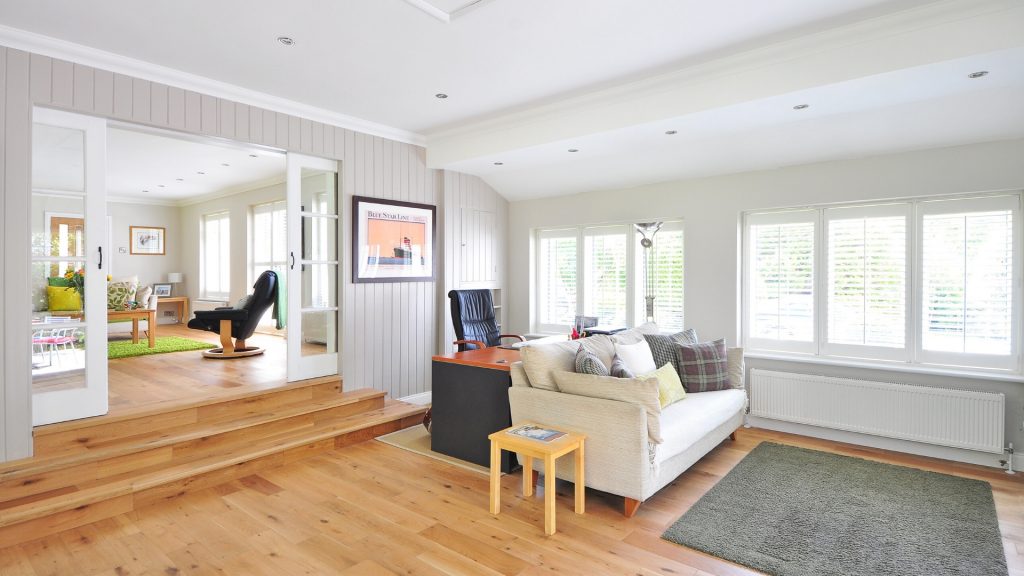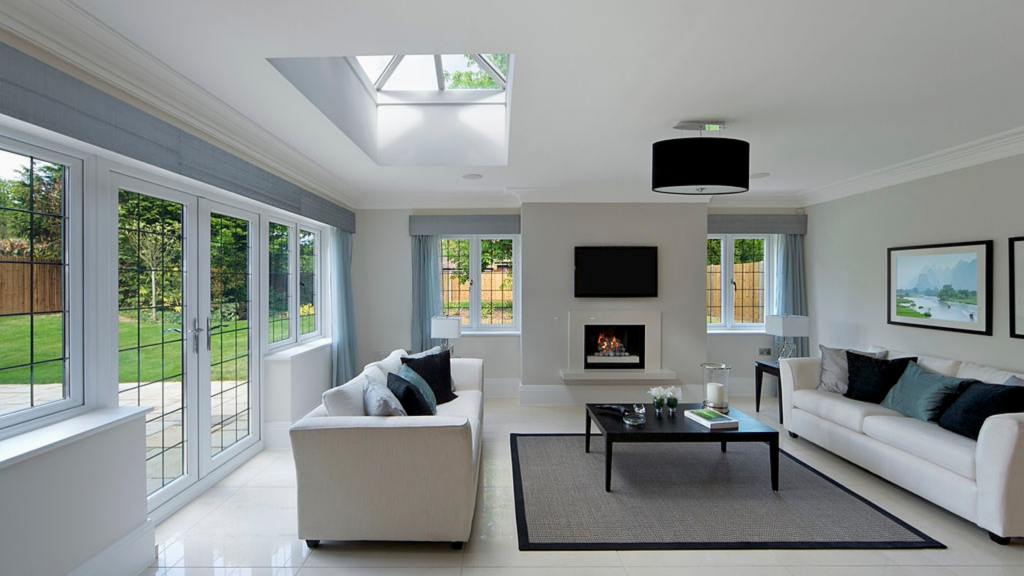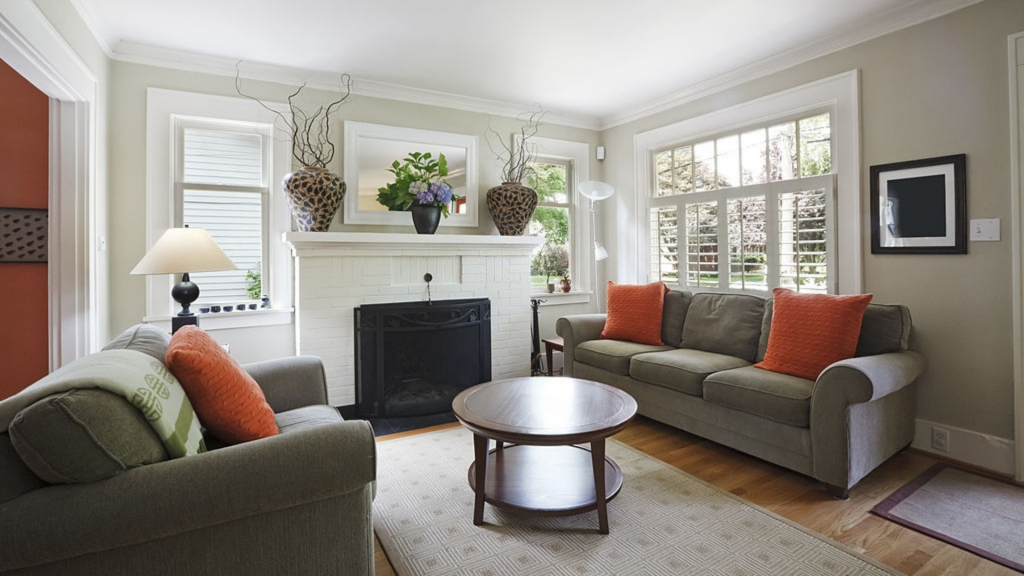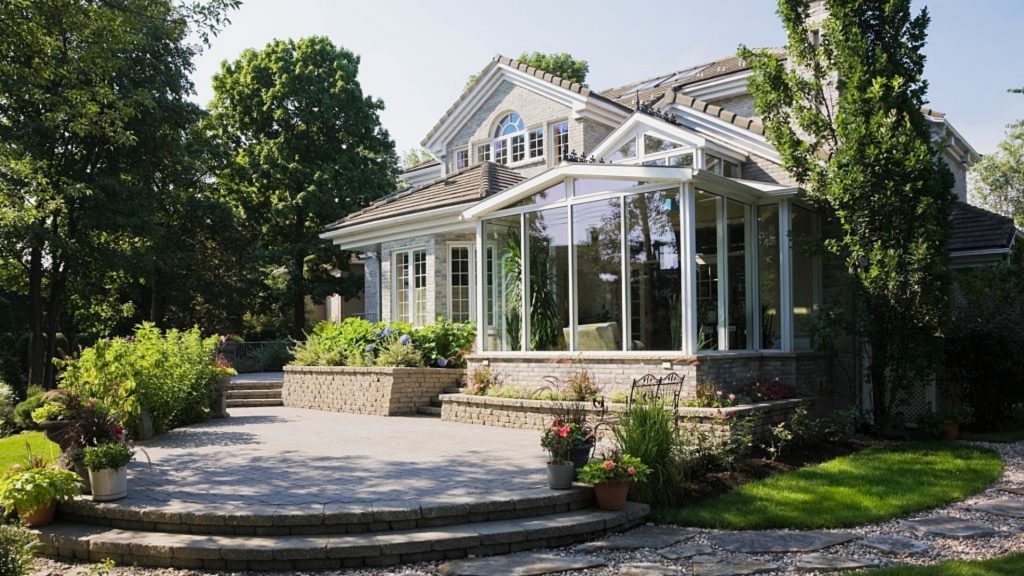Living Room Addition Ideas for Your Maryland or DC Home
If you are looking for a way to enlarge your living space, improve the comfort and design of your home, and enhance your family’s lifestyle, a living room addition might be just the renovation idea you’ve been looking for.
Any type of room addition is a major undertaking. We will be creating a brand new structure and integrating it with your existing home. It needs to look and perform like it belongs there, and it should deliver all the comfort and functionality you desire. Your design-build contractor will work closely with you to ensure the design fits with the rest of your home, inside and out.
Room Addition Considerations
Building a living room addition generally involves adding a room onto your home at ground level. It changes the footprint of your house, which will involve a reduction in your outdoor space or backyard.
Other considerations include the foundation and the roof, as these will need to be extended.
The design of it should complement the existing look of your home. If you live in a neighborhood with a lot of older homes, you might have to apply for permission to make the changes.
Ideally, your new addition should blend seamlessly with the rest of your house. It shouldn’t look like somebody just slapped a box onto the side of it. On the inside, the design should complement your current floorplan.
Are you ready to get started? Here are some great ideas for living room additions to get you thinking:
 Bump-Out
Bump-Out
A bump-out is smaller than a full room addition. It is usually added onto an existing living space to make it larger, without the costs associated with a full-on addition. Because it has less square footage, less electrical, and fewer HVAC requirements (sometimes none at all), it won’t cost nearly as much as a full-scale room addition.
The size of a bump-out can range from a couple of feet to ten or 15 feet from the house. Because they are smaller, they won’t radically change the appearance of your home. If your current living room is already positioned in a way that there is room to grow out into the yard, a bump-out might be a good option.
 Sunroom
Sunroom
A sunroom is a highly desirable option for a living room addition. Sunrooms are generally glassed-in rooms, built to four-season standards, that are accessible from the indoors. Some homeowners choose to have a three-season sunroom, but in our unpredictable climate, four-season construction is the better option.
As a sunroom is built to amplify the sunshine, it can be highly energy-efficient. Generally (but not always) smaller than a full room addition, a sunroom will add 150 square feet or more of living space.
 Add A Fireplace
Add A Fireplace
If you’ve always wanted a cozy fireplace to gather around, think about adding one as a focal feature of your room addition. Your room addition can then become a more formal living room, while the existing living room is where the TV and the kids do their thing.
 Conservatory
Conservatory
A conservatory is not unlike a sunroom, but generally, they have a glass roof, glass walls, and are more focused on showcasing your abundant flora. If you have lovely gardens or a beautifully landscaped backyard, adding a conservatory in between your living room and the outdoors provides a stunning segue. It can be as formal or fun as you want it to be.
Your Addition Doesn’t Have To Be A Box
When you think of a room addition, you might imagine a basic box-shape. However, no rule says things have to be that way. If you want to add a little fun to your renovation, think about a multi-sided addition, like a hexagon or octagon.
Eco-Friendly Room Addition
Making your room addition as environmentally friendly as possible should be a primary concern. Planning for energy efficiency will also pay off down the road, as it will lower your energy bills – certainly a good way to offset the cost of the addition itself.
Some of the ways you could make your addition greener include adding solar panels on the roof or using only sustainable and renewable building materials. Engineered wood, for example, has a smaller carbon footprint.
Insulating the floor in your room addition using a floating concrete slab will keep the cold air from seeping through. Choosing environmentally-friendly paint is another way to be kind to the planet.
If you are hoping to add some space to your Maryland or DC home with a living room addition, we’d love to help. Reach out today, and let’s talk about it!





